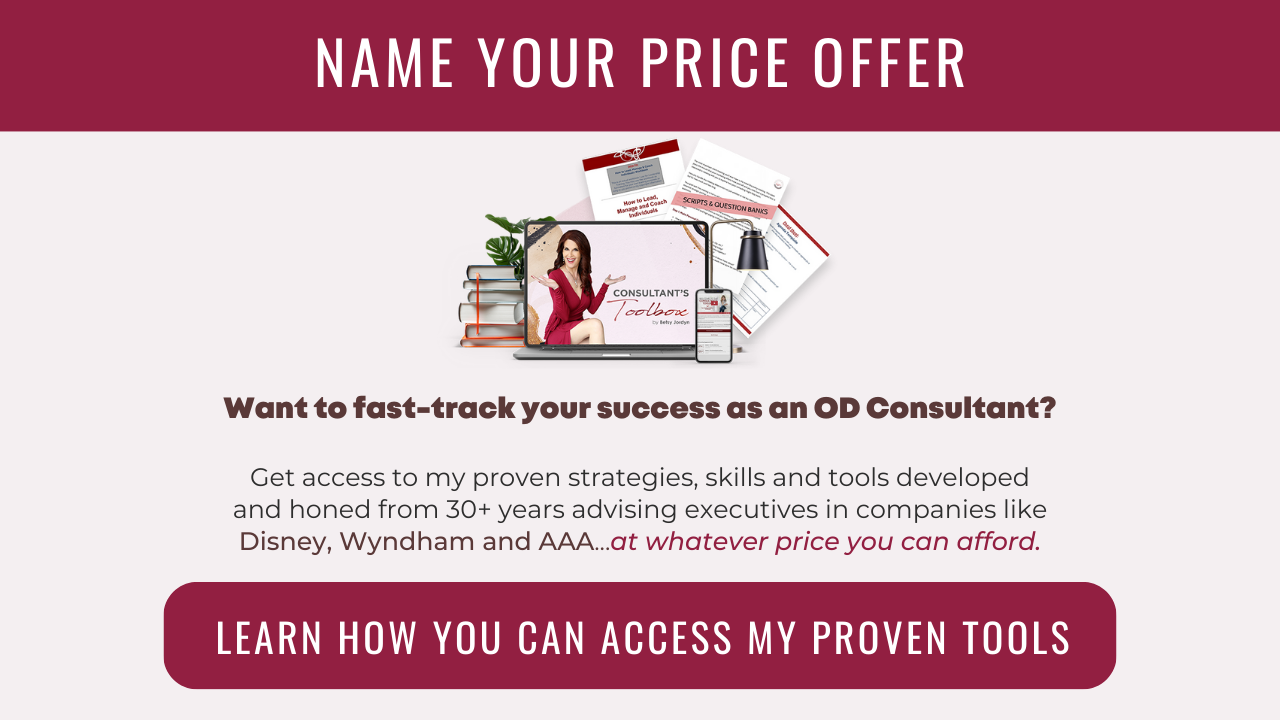Five Steps to Designing a High-Impact Executive Team Meeting Agenda
Feb 02, 2021
Want to know the steps to designing a high-impact executive team meeting agenda? If you're a consultant or coach your answer should be a resounding yet because at some point all consultants will be on the hook to lead a senior team meeting. Meetings get such a bad rap now and are perceived as a waste of time either because they lack purpose, focus or exceptional facilitator who is able to draw together and synthesize disparate perspectives.
A key way that you can establish your credibility as a consultant and offer tremendous client value is through the process you use to get a senior team "singing off the same song sheet."
Any issue or challenge that they face as an organization can be better dealt with if they have a neutral and trained facilitator to guide the process and integrate participants' perspectives.
Follow these five steps to creating a great meeting agenda for your next executive work session or team retreat.
Step 1: Meet with the Meeting Owner (Most Senior Executive) to Identify Desired Outcomes
During this meeting find out three things:
- What is the purpose of the meeting? Why is this meeting taking place?
- What does the team need to create shared agreement about? What decisions do they need to make?
- What does the team need shared understanding of in order to make a decision? What information do they need that will enable them to make a decision? This could be data that needs to be presented, updates or information that you will provide to give common definitions or frameworks necessary to create a strategy, new structure, etc.
Step 2: If Possible, Meet with Other Members of the Executive Team to Refine Outcomes and Get Input on the Process
During these conversations, find out:
- What is their view of the meeting purpose?
- What would they like to get out of the meeting?
- What aspects of the currently identified desired outcomes would they add/change/delete?
- What are their thoughts on process that could work with this group?
Step 3: Create a Draft Agenda that Synthesizes the Feedback you have been Given
- Synthesize the team’s feedback into a refined meeting purpose statement
- Synthesize the team’s feedback into a refined set of desired outcomes that answers two questions:
- By the end of this meeting, participants will have a shared understanding of...
- By the end of this meeting, participants will have shared agreement on...
- Identify the processes or activities that you will use to achieve the desired outcomes.
- Establish timeframes required to execute processes
- Capture in a meeting agenda
Tips:
- Morning meetings are always better
- No one has energy for an all day meeting past 3:30pm or 4:00 even if your client tells you that their team wants to go until 5
- Put the content at the front of the day that requires more mental bandwidth vs. after lunch
- Include breaks and lunch
- Always start the meeting with inspirational welcome messages from the senior leader
- Always end the meeting with wrap up and next steps
Step 4: Present Draft Agenda to the Meeting Owner and Refine Processes/Flow
Meet with your client to review the agenda to ensure:
- The processes you identified are “bang on”
- They are on board and will support the agenda
- They have inspirational and meaningful opening message points
Step 5: Give Meeting Participants a Heads Up About Meeting Outcomes and How to Prepare
You and your client will want to send out an email or voice mail to all participants so that they are well prepared mentally for the meeting. This communication should include:
- Gratitude for their involvement in ensuring this agenda maximizes everyone’s time
- The purpose for the meeting
- The desired outcomes for the meeting
- What to think about or prepare for prior to the meeting
What you do NOT want to do is to send out the process flow that you have created. They do NOT need to the process or activities you have planned in detail because there is a chance you will change them real time.
Where You Might Get Stuck
There's a couple of places you might get stuck - not knowing how to handle the meeting if the conversation goes off the rails or how to deal with resistant participants (including those who are superficially compliant or silent.)
Take Action
The OD Consultant’s Toolbox is all about landing and delivering strategic consulting engagements that will make a difference for both your career and the organizations you want to help.
Ready to take your place as a sought-after, credible organizational consultant?
Click here to learn how to get my proven OD best practices, frameworks, and tools...at whatever price you can afford.
Let's Stay Connected!
Actionable inspiration, expert interviews and behind-the-scenes consulting and coaching secrets and best practices and SO MUCH MORE, delivered to your inbox for a weekly dose of entrepreneurial motivation!
We hate SPAM. We will never sell your information, for any reason.


